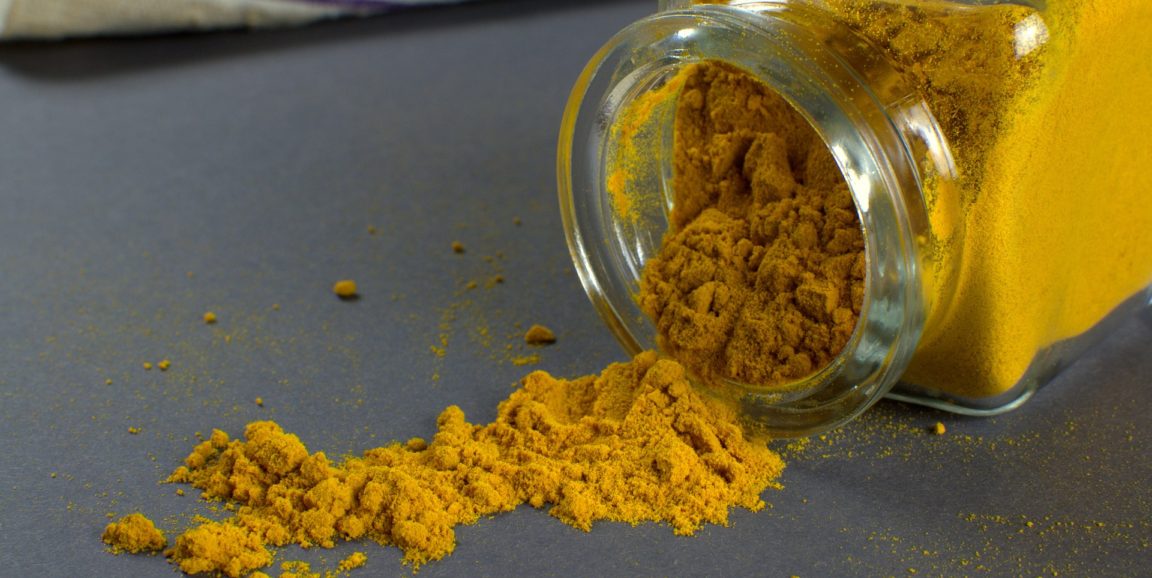Turmeric has long been recognized for its medicinal properties. It's been proven to have antioxidant and anti-inflammatory effects, and may help with conditions such as arthritis and anxiety, as well as exercise-induced inflammation and muscle soreness.
However, a new Stanford-led study reveals a dark side to the celebrated spice: turmeric produced in Bangladesh is sometimes adulterated with a lead-laced chemical compound. A related recently-published analysis finds that "turmeric is likely the primary contributor to elevated blood lead levels among Bangladeshis surveyed," according to a Stanford News story:
People are unknowingly consuming something that could cause major health issues," said the papers' lead author Jenna Forsyth, a postdoctoral scholar at the Stanford Woods Institute for the Environment. "We know adulterated turmeric is a source of lead exposure, and we have to do something about it.
As part of their study, Forsyth and her colleagues interviewed farmers and spice processors in several Bangladesh districts. Many traced the issue to the 1980s. After a massive flood dulled the yellow color of turmeric crops, processors added lead chromate -- an industrial pigment used on toys and furniture - as a cheap, fast way to brighten their product. The practice continued in the following decades.
As the story notes, lead is a potent neurotoxin considered unsafe in any quantity.
Unlike other metals, there is no safe consumption limit for lead, it's a neurotoxin in its totality," said the papers' senior author Stephen Luby, MD, professor of medicine and the director of research for Stanford's Center for Innovation in Global Health. "We cannot console ourselves proposing that if the contamination were down to such and such level, it would have been safe.
In the related study, researchers examined lead isotopes in blood samples from pregnant women from three rural Bangladeshi districts. They concluded that lead chromate-adulterated turmeric was the most likely source of the lead.
The researchers didn't find direct evidence of contaminated turmeric beyond Bangladesh, but they noted that it couldn't be completely ruled out, as it could easily be missed by the food safety check system.
"In fact," the article reports, "since 2011, more than 15 brands of turmeric --distributed to countries including the U.S. -- have been recalled due to excessive levels of lead."
Going forward, Forsyth, Luby and their colleagues plan to focus on finding ways to discourage consumers from eating contaminated turmeric, to encourage producers to engage in safer practices, and to empower import inspectors to screen food more closely for lead.
Photo by cgdsro






